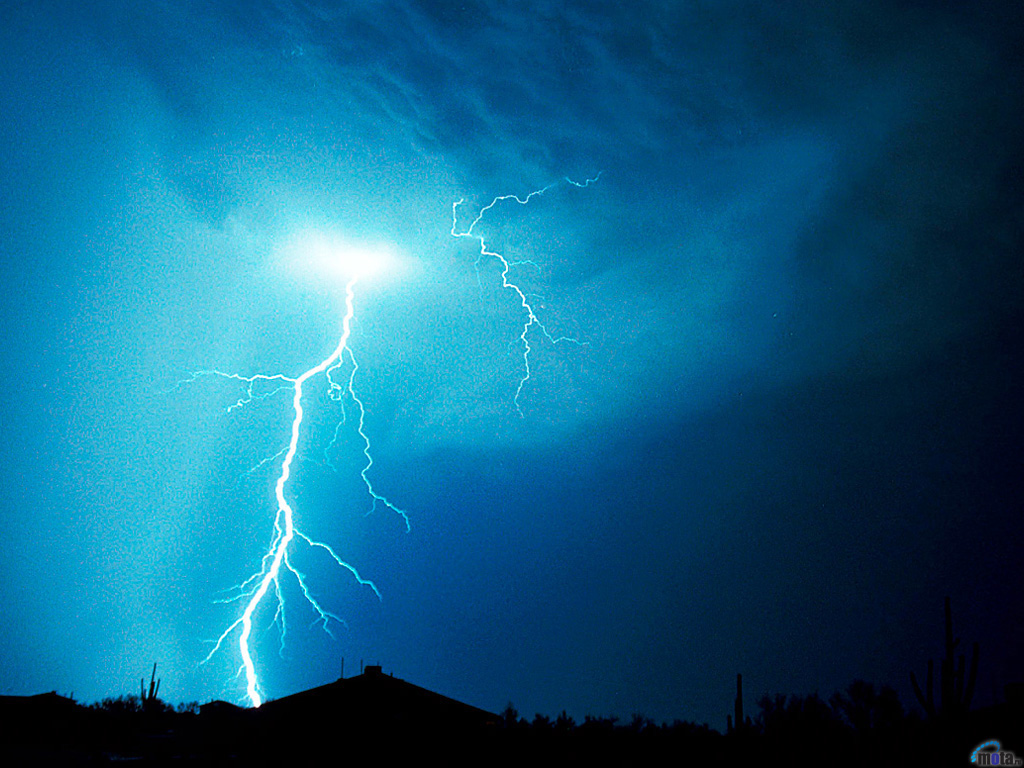
- #BLUE LIGHTNING STORM CRACK#
- #BLUE LIGHTNING STORM WINDOWS#
As tempting as it is, you may not want to stand next to a big window watching a huge lightning storm.
#BLUE LIGHTNING STORM WINDOWS#
Stay away from windows and doors in your home, especially metal doors and frames. While being in your home or a large shelter is safest, you may be surprised to discover that one-third of lightning strike injuries still happen indoors! There are a few tips to remember when you are waiting out a storm inside: A house or large structure is the safest place you can be during a storm. Note small structures (such as an athletic hut or metal sheds) are only meant to protect from rain and sun and not designed to be lightning-safe with mechanisms for grounding from the roof to ground. “When The Thunder Roars, Go Indoors” is a common warning. Wet bodies are a channel for electrical discharge and also water is a good conductor of electricity. Stay out of water! Swimming is very dangerous. Convertibles and motorcycles offer no lightning protection. Myth: The car isn’t safe because of rubber tires but because the metal roof and sides divert lightning around you. 
Cars are relatively safe shelters and will likely protect you.By lying down, you may even be more likely to be electrocuted because you’re providing more surface area.

While lightning hits the ground, it sends deadly electrical currents in all directions. Lightning causes electric currents along the top of the ground that can be deadly over 100 feet away.
If no shelter is available, crouch low, with as little of your body touching the ground as possible. Also, don’t touch anything metal outside-such as a fence or bike-as metal can conduct the electricity. If lightning does hit the tree, there’s the chance that a “ground charge” will spread out from the tree in all directions. Do not hide under a tall tree. Being under a tree is just about the worst thing you can do and the second leading cause of lightning casualities. The rules for safety in lightning storms are mostly common sense but you may find a few surprises here. If you are a young man in Florida, lightning is not your friend! Source: NOAA Little old ladies are safe, but guys between the ages of 20 and 30 seem to be lightning rods. In North America, the champion is the Tampa-Orlando area with 91 flashes per square mile.Įven then, statistics show that not all people face the same risks. Kifuka in the African Democratic Republic of the Congo averages 410 lightning strikes per square mile every year. But the odds of being struck in your lifetime is 1 in 3,000.Ībout 70% of those struck by lightning suffer serious long-term effects such as severe burns, permanent brain damage, memory loss, and personality change.īut some places are more dangerous than others. The odds of being killed by lightning is 1 in 700,000. What Are the Odds of Being Struck by Lightning? Surprisingly, lightning is one of the leading weather-related causes of death and injury in the United States. As they build, they’ll start to “tower” vertically upward, and likely to develop into a thunderstorm.įlash Fact: If your hair stands up in a storm, it could be a bad sign that positive charges are rising through you. Watch as those puffing cumulus clouds start to form. 
Warm, humid summer days are the times when thunderstorms are most likely to develop, especially in the afternoons, as the sun heats the air and heat rises into the atmosphere. Predicting Lightningįirst, know that every thunderstorm produces lightning. This is why we have 30-minute safety rules. Lightning threats continue much longer period than most people realize. When the storm passes and the skies turn blue again, don’t be fooled. Stay inside for at least 30 minutes after hearing the last clap of thunder.If you hear thunder before you reach 30, seek shelter indoors immediately.(Use the stop watch or count “One-Mississippi, Two-Mississippi, Three-Mississippi,” etc.) After you see lightning, start counting to 30.

#BLUE LIGHTNING STORM CRACK#
If the time between the lightning flash and the crack of thunder is 30 seconds or less, the lightning is about 6 miles away or closer. According to safety experts, the time to take cover is 6 miles, at minimum. Lightning often strikes from 3 to 6 miles away, though it can be as far as 10 miles. How do you calculate the distance of a thunderstorm?ĭon’t be fooled by blue skies. If the resulting number was 10 seconds, the lightning was 2 miles away. The resulting number will tell you how many miles away you are from where lightning just struck.įor example, if that resulting number was 5 seconds, then the lightning struck 1 mile away. When you see a flash of lightning, start counting the seconds until you hear the following thunder.








 0 kommentar(er)
0 kommentar(er)
